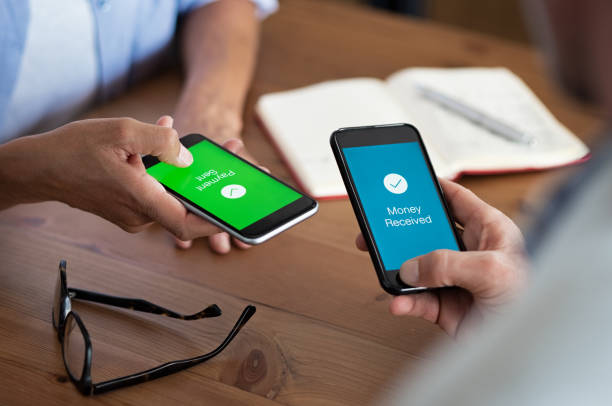Money transfer internationally is a common procedure. The World Bank projects that international remittances (also known as international money transfers) to low- and middle-income countries would total $630 billion in 2022. According to the most recent data from the World Bank, the average cost of sending money overseas from the United States is 5.52 percent of the amount sent.
There are several elements to consider before selecting an international money transfer service.
Some of the reasons to send money abroad include:
- Assisting during a medical emergency
- Paying for tuition
- Investing in land or property
- Investing in a global enterprise.
- Donating a present to someone
- Retiring in a foreign country
Here are definitions of money transfer phrases and general information to assist you in deciding. Some rates affect the cost of your money transfer and the amount your receiver will receive.
Exchange rate: The exchange rate is the price of one currency relative to another. To convert U.S. dollars to euros, you would determine how much one U.S. dollar is worth in euros.
Midmarket rate: The midmarket rate, sometimes referred to as the interbank or interbank exchange rate, is the exchange rate that large banks use to shift currencies.
Most companies add a markup to the exchange rate when pricing your transfer. To profit from the transfer, they offer consumers an exchange rate that is the midmarket rate plus an additional percentage or markup.
Example: If the midmarket rate for U.S. dollars to Mexican pesos is 20 pesos per dollar, then a 2 percent markup on the exchange rate results in a rate of 19.6 pesos per dollar from the provider. For a $500 transfer at the average market rate, you would send 10,000 pesos, but with a 2 percent markup, you would send 9,800 pesos. The more the markup, the less the recipient receives in their native currency.
General recommendations for foreign currency transfers
Understand how exchange rates operate (and how to find the best)
One of the ways money transfer companies generate rates is through markups on exchange rates. Most transfer providers will not offer the same exchange rate as a currency exchange portal, such as Bloomberg.com or Reuters.com. These websites only provide the value of one currency relative to another, but they are a useful starting point for determining what the best exchange rate is at the moment. When examining the exchange rate for an overseas transfer with services such as Western Union, focus on the markup by examining the amount in foreign currency. The greater it is, the lower the markup, and the greater the amount your beneficiary will receive.
Compare total transfer costs across multiple providers
There are two types of expenses: an upfront fee and a markup on the exchange rate (see above). Find the company with the lowest fees and the most advantageous exchange rate. Typically, online nonbank transfer services are less expensive than banks.
Avoid making purchases using a credit card. Some providers may charge a greater upfront price, and your credit card issuer may tack on additional fees such as interest and cash advance costs. A transfer paid directly from a bank account is typically cheaper (but much slower). Try a debit card if you need money sent fast and at a cheaper cost than when using a credit card.
Mobile banking
For individuals and businesses, one of the best ways to bank and accomplish money transfers internationally is through mobile banking. Consumers use their smartphones virtually everywhere, so a mobile banking app can help quickly take care of various financial needs on the fly. It’s essentially a bank in the pocket or purse.
DBS mobile app, for instance, allows users to make transfers in 3 taps. And with a tracking feature, you’ll know where your money is at every step. Mobile banking is a standard service at most financial institutions. Check it out as you consider a money transfer.















